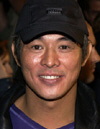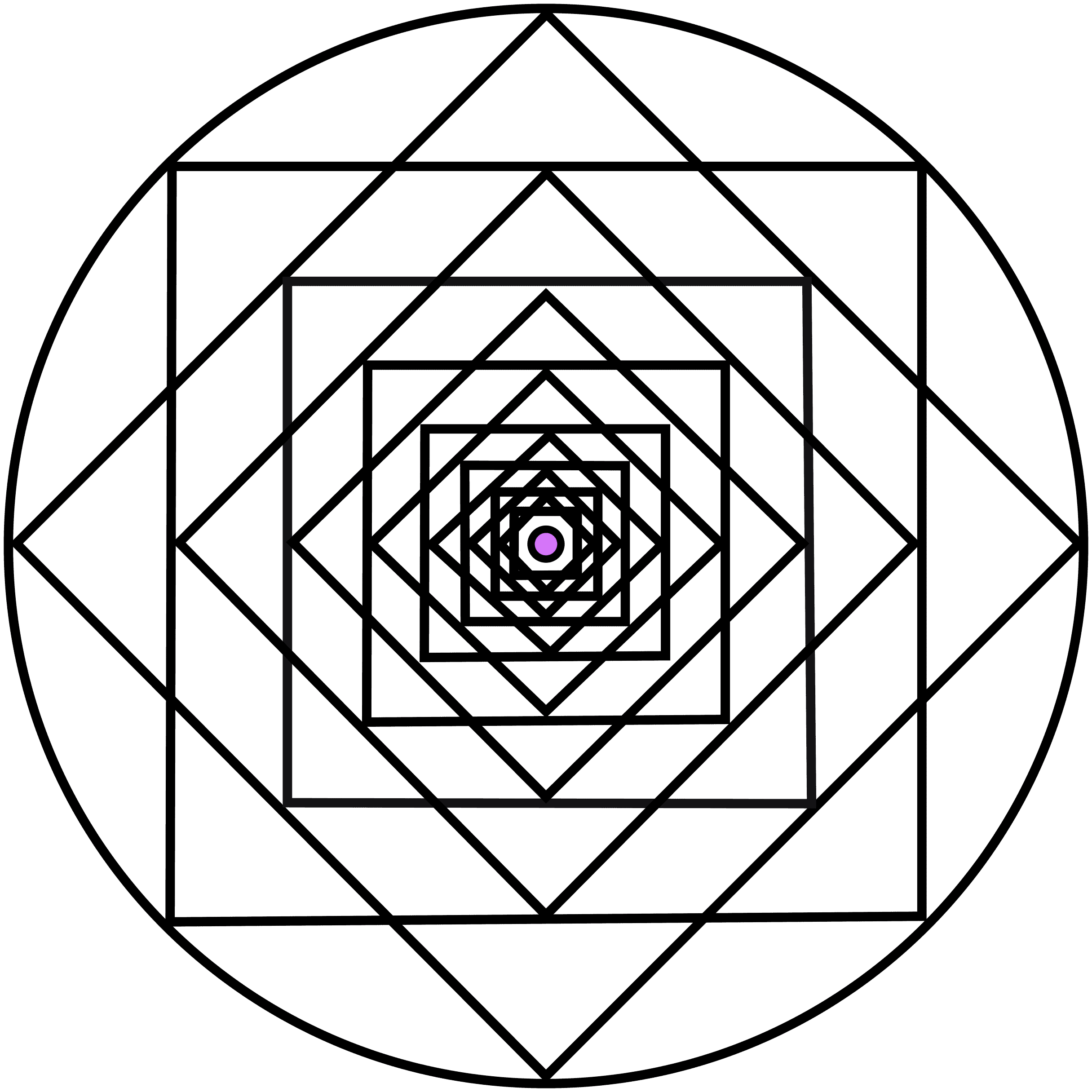
Wushu, past and present...
Recently, I was asked to reflect on the difference between the wushu competitions and athletes from my generation compared to the current state of wushu in China.
Wushu works by different rules than it used to. In the 1970's and early 1980's, competitive wushu really existed only in China, and so forms were judged by one set of rules -- one set of standards. Then the authorities wanted to bring wushu to other countries; they formulated a set of international rules for international competitions. These rules are, I think, a little bit easier than the Chinese rules -- or should I say, simplified. I hear now that people mainly compete in three categories: Changquan, Nanquan, Taijiquan. The system today is not as complex as it used to be, when everybody had to compete in broadsword, spear, straight sword, cudgel, and empty-hand forms. Why, in our day, we had to learn all of the Eighteen-Arms*, internal styles, external styles, everything. That was our curriculum. Nowadays, if you want to go to the Olympics, you learn the compulsory forms, and that's it.
I don't want to say either system is better or worse. I can only tell you that the physical quality of the athletes has improved -- and continues to do so steadily. Why is it that new world records seem to be set every year? Because training has become more scientific. Athletes have access to better nutrition, better vitamins, better doctors, sports psychologists, etc. These factors have helped develop the potential of the human body through the medium of sport.
However, I believe that deep inside, wushu is much worse than before. I'm talking about the inside knowledge, the part of wushu that does not involve the physical body. Inner cultivation is the most important part, and it's definitely lacking nowadays. It could be because of the rules. Judges who work by the newer rules will prefer a certain type of performance and reward it with a higher score. As a result, the athletes start training by those rules, and who can blame them? Both the external and internal demonstration of skill are important, but the modern rules don't protect the latter. The most beautiful things in martial arts are not about sport, and they're not about speed. What wushu practitioners need to do is to concentrate more on the internal. They've got to take the time to bring their whole energy together with their mind to finish every movement. The speed nowadays is so fast and the jumps are so high...and yet, the details in between are not perfected at all. Last year, I saw the Beijing Wushu Team when they came to the United States to perform. They have the same problem. I believe the rules are limiting them.
There's no more personal "flavor" anymore. In the past, when we watched people practicing straight sword, you could be sure that ten high-level athletes would display ten different flavors. Even the simple act of "pointing" the sword -- everybody would do the movement with their own individual rhythms -- all technically correct and all distinct.
Now that was flavor! Very tasty!
Nowadays: whrrr whrrr whrrr -- the athletes look like machines. They're moving so quickly, I can barely see what they're doing. And there's no flavor. Wushu is not a race. It shouldn't be like other sports, where the fastest athlete wins. Personally, I like to see different styles and flavors. I like it when martial arts is still an art -- when athletes are artists who develop and perform their distinctive styles. Martial arts has always been about variety and diversity: different styles, different cultures, different states. It used to be that you could tell somebody's birthplace by the way they practiced their wushu: "Oh, this guy's from Shandong Province" or "Look, she must be from Shanxi." We could say that because we knew the styles already. Now, everything has been blurred together; it's become homogeneous. Always, this is the yin and yang of martial arts today. Half and half -- something good, something not so good. There are still areas that can be improved.
* The Eighteen-Arms consist of: sabre, spear, sword, halberd, axe, battle axe, hook, fork, whip, mace, hammer, talon, trident-halberd, cudgel, long-handled spear, short cudgel, stick, and meteor hammer.

Jet Lee
